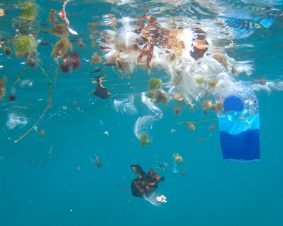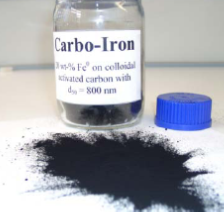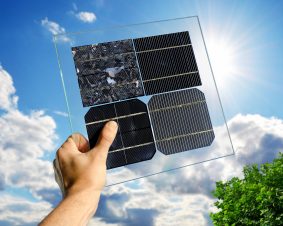 >
Spotlight September: A methodology for the automatic evaluation of data quality and completeness of nanomaterials for risk assessment purposes
>
Spotlight September: A methodology for the automatic evaluation of data quality and completeness of nanomaterials for risk assessment purposes
This paper describes a method for automatically assessing the quality and completeness of nanosafety data for the purpose of risk assessment. Steps to develop the methodology for assessing data completeness and the methodology for assessing quality are presented. The methodology is tailored to physicochemical and hazard (meta) data, but can also be configured with appropriate criteria to support modeling or exposure assessment. It is based on assessing the quality and completeness of the data contained in the eNanoMapper database using the harmonized data reporting templates introduced in the NANoREG project and further developed in the GRACIOUS project. Combined with expert knowledge, this methodology can be used as a powerful data analysis tool in different contexts. To enable the practical application of the proposed methodology, it has been implemented as an online R-tool (https://shinyapps.greendecision.eu/app/gracious-data-quality) that can be connected to both databases and risk assessment software tools.
Original publication:
Gianpietro Basei, Hubert Rauscher, Nina Jeliazkova & Danail Hristozov (2022). A methodology for the automatic evaluation of data quality and completeness of nanomaterials for risk assessment purposes. Nanotoxicology, 16:2, 195-216, DOI: 10.1080/17435390.2022.2065222

Weitere Spotlights
Spotlight July: Plastic Pollution and the Urgent Need for Comprehensive Action
Plastic pollution has become a significant threat to the oceans, biodiversity, and ecosystems worldwide. Despite efforts to reduce plastic consumption, escalating plastic production continues to increase the magnitude of plastic pollution in the environment. In response to this crisis, the UN-Environmental Assembly (Link) adopted a resolution in March 2022 to develop a legally binding treaty […]
Read moreSpotlight September 2020: Groundwater remediation with Carbo-Iron® – Risk or Benefit?
In September we would like to present a paper of the BMBF project Fe-Nanosit. The project dealt with the use of iron-containing nanomaterials in groundwater and wastewater remediation. A comprehensive assessment and weighing of benefits and possible environmental risks resulting from the application is now presented by the project partners in this paper. Groundwater is indispensable for the […]
Read moreSpotlight November 2020: Nanotechnology in the public perception
In November, we would like to draw your attention to a publication that examines public perception of the safety of nanomaterials in Austria.It shows, that although there is generally a rather positive attitude towards nanomaterials, there are different opinions on safety issues from different social groups. Further clarification seems necessary. Despite the widespread use of […]
Read moreSpotlight March 2023: How can photovoltaics be made safe and sustainable?
Conventional photovoltaic systems often have only low efficiency, i.e. only a fraction of the solar energy is converted into electrical energy and made usable. For this reason, research is being conducted into innovative materials that can significantly increase the energy yield and thus also enable more electrical energy to be generated from renewable sources. However, […]
Read more


